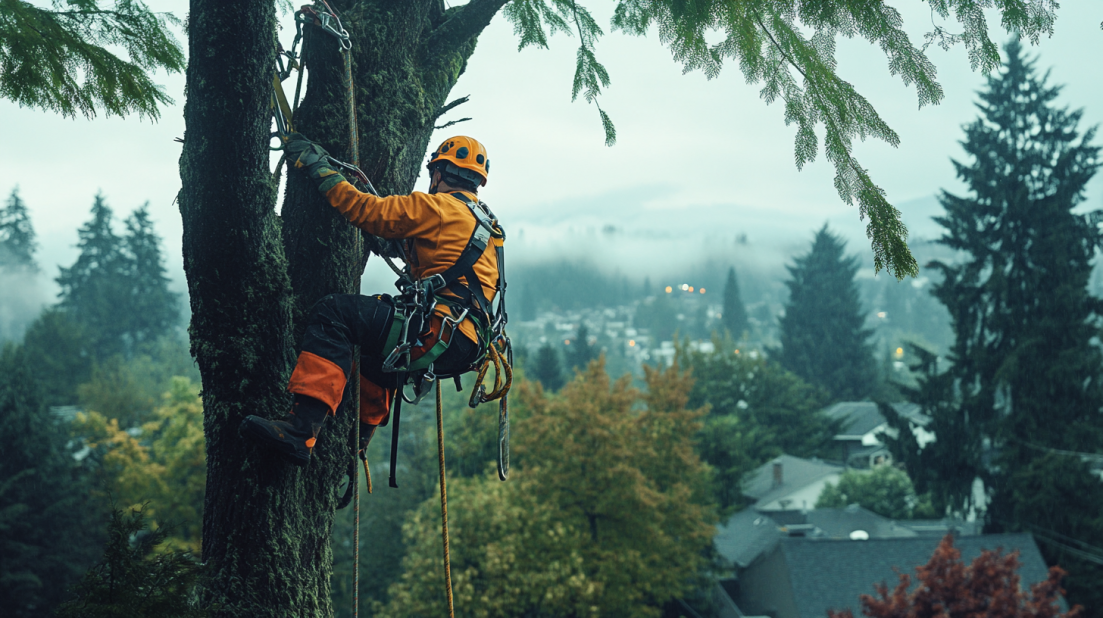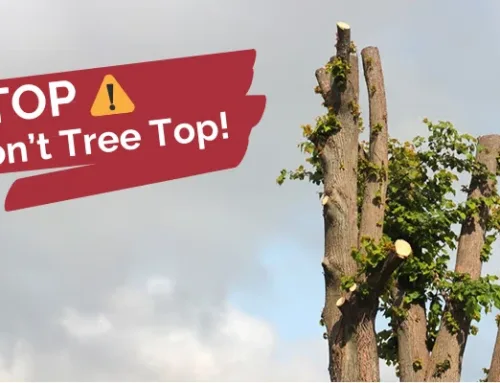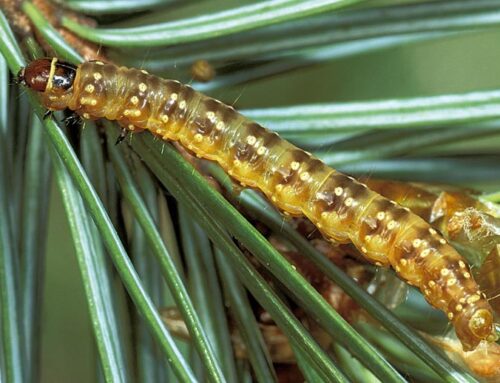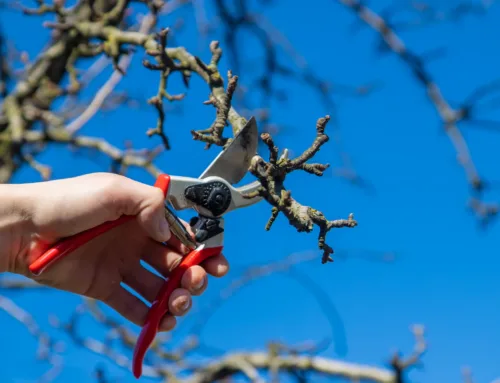Tree Removal in the Lower Mainland

Trees are an important part of the Lower Mainland’s landscape, contributing to the region’s natural beauty and ecological health. However, there are times when tree removal becomes necessary, whether due to disease, safety concerns, or property development. This guide will walk you through the tree removal process in Vancouver and surrounding areas, helping you understand what to expect and how to prepare.
Recognizing the Need for Tree Removal
Before exploring the process, it’s important to understand when tree removal is necessary. Trees may need to be removed due to disease, pest infestation, storm damage, instability, interference with structures or utilities, or as part of construction or landscaping projects. In some cases, trees might need removal if they’re overcrowded or competing with other plants. If you’re unsure whether a tree needs removal, consulting a certified arborist is the best course of action. They can assess the tree’s health and provide professional advice on whether removal is necessary.
The Tree Removal Journey
Initial Assessment
The tree removal process begins with a thorough assessment. A certified arborist will visit your property to examine the tree and its surroundings. They’ll consider the tree’s overall health and structural integrity, its proximity to buildings and power lines, the surrounding landscape, access points for equipment, and local regulations. This assessment helps determine the best approach for removal and identifies potential challenges or safety concerns.

Navigating Permits and Regulations
In many areas of the Lower Mainland, you need a permit to remove trees of a certain size or species. Regulations vary by municipality, so checking local bylaws is crucial. For instance, Vancouver requires permits for trees with a diameter of 20 cm or more at chest height, while Surrey requires permits for protected trees, which include all trees with a diameter of 30 cm or more. Your tree removal service can often help with the permit application process, but as the property owner, you’re ultimately responsible for compliance.
Planning and Preparation
Once the assessment is complete and necessary permits are obtained, the arborist will create a detailed removal plan. This plan typically includes safety measures, equipment requirements, crew details, timeline estimates, and strategies for minimizing impact on surrounding vegetation and property. Before the actual removal begins, the team will prepare the site by setting up safety barriers, clearing the area, protecting surrounding vegetation and structures, and positioning equipment.
The Removal Process
The actual removal process can vary depending on the tree’s size, location, and condition. It typically involves limb removal, where workers start by removing the tree’s branches, usually working from the bottom up. For larger trees, the trunk is often removed in sections, with workers using rope systems or cranes to lower heavy pieces safely to the ground. In some cases, particularly with smaller trees in open areas, the tree may be felled in one piece, requiring careful planning to ensure it falls in a safe direction.
Post-Removal Activities
After the tree is down, the cleanup process begins. This includes chipping branches, cutting the trunk into manageable sections, removing debris, and cleaning the area. Many services offer wood chipping on-site, which can provide mulch for your garden. Stump removal, often considered a separate process, can be done through grinding, chemical treatment, or manual removal.
After the tree and stump are removed, you’ll need to consider soil treatment, erosion control if the tree was on a slope, replanting options, and potential landscaping adjustments. These steps help ensure your property recovers well from the removal process.

Choosing the Right Service
Selecting the right service is crucial for a safe and efficient removal process. When choosing a tree removal company in the Lower Mainland, verify their credentials and insurance, check for ISA certification, read reviews, get multiple quotes, and ask about their safety protocols.
Environmental Considerations
Tree removal can have environmental impacts, so it’s important to consider the effects on wildlife, carbon footprint, and the local ecosystem. Professional services can check for nests or dens before removal, and you might consider planting new trees to offset the environmental impact.
By understanding the tree removal process, you can make informed decisions and ensure the job is done safely and efficiently. Remember, while tree removal is sometimes necessary, preservation and care should always be the first consideration for the health of our urban forest in the Lower Mainland. With careful planning and professional assistance, you can navigate the tree removal process while minimizing environmental impact and maintaining the beauty of your property.


